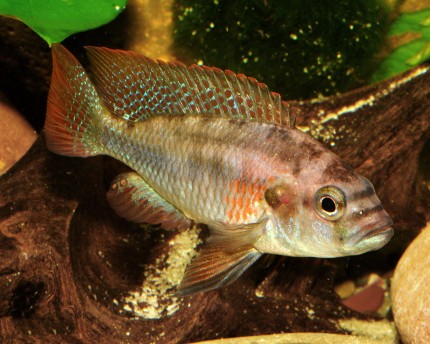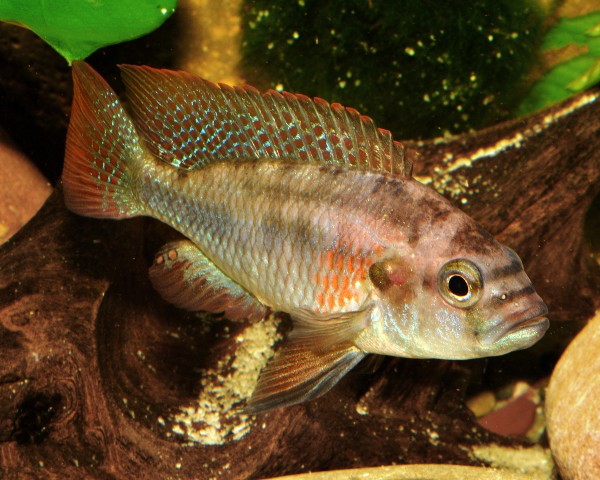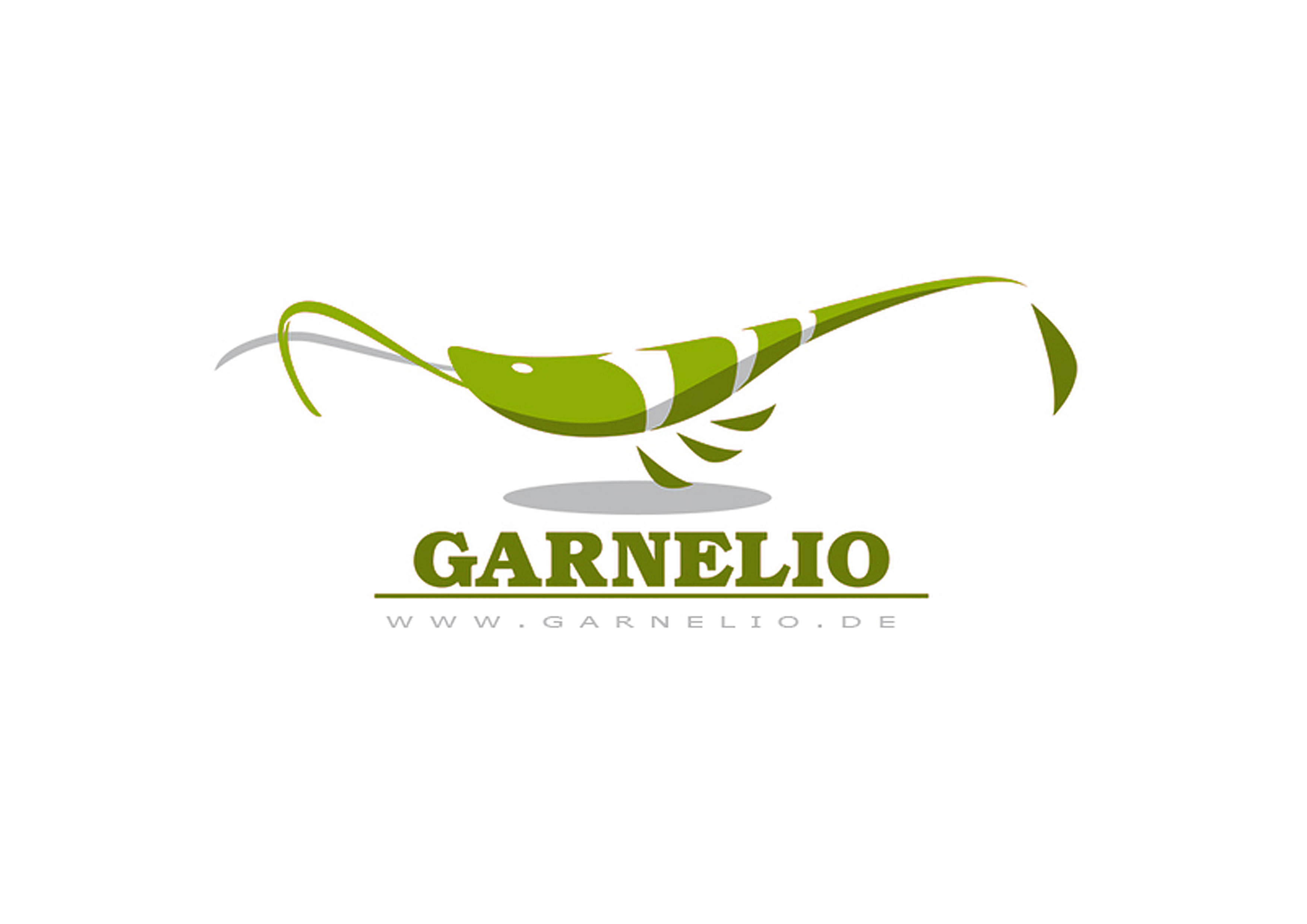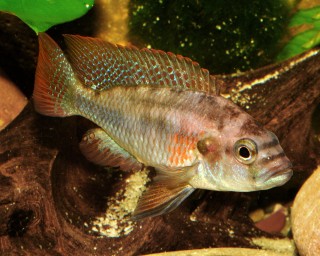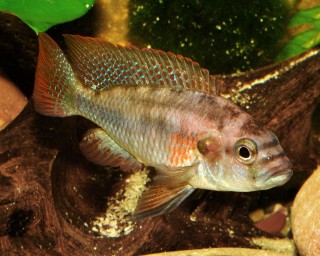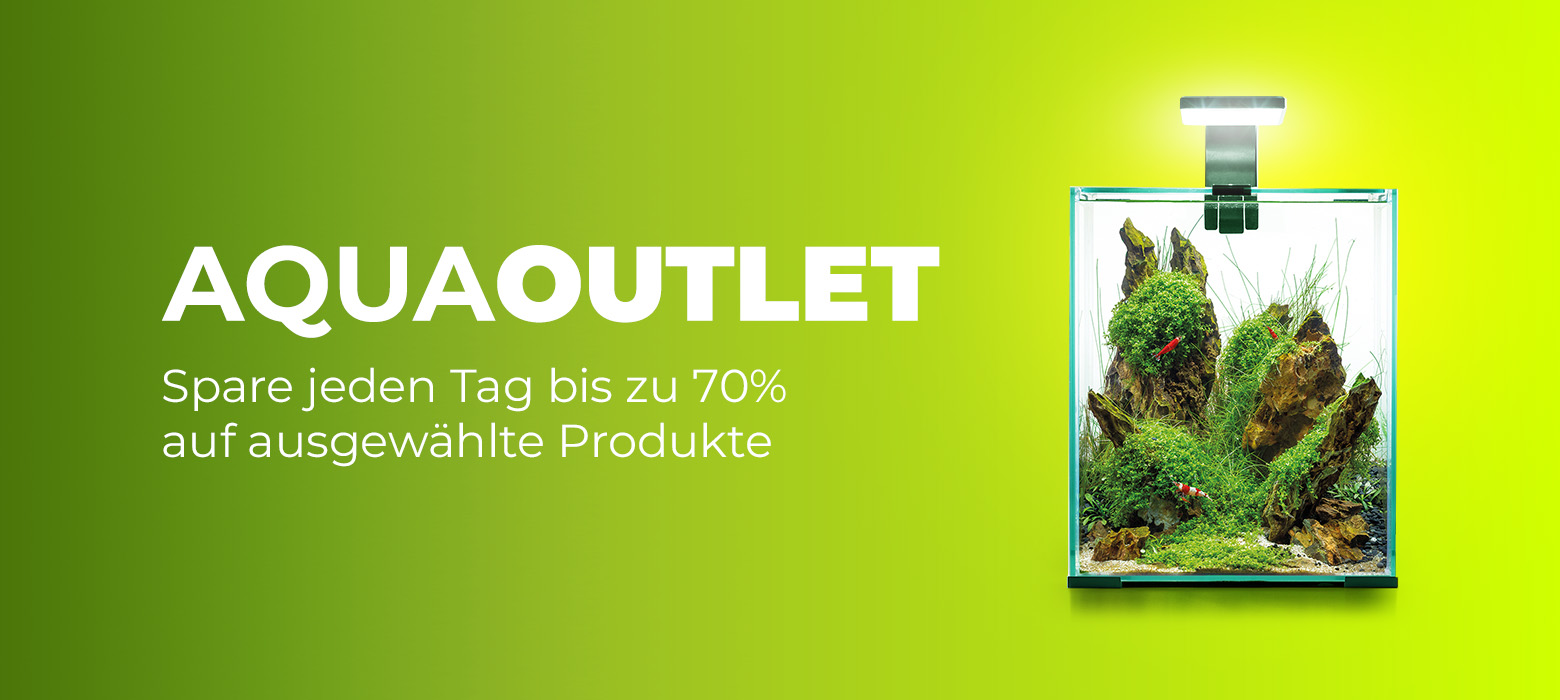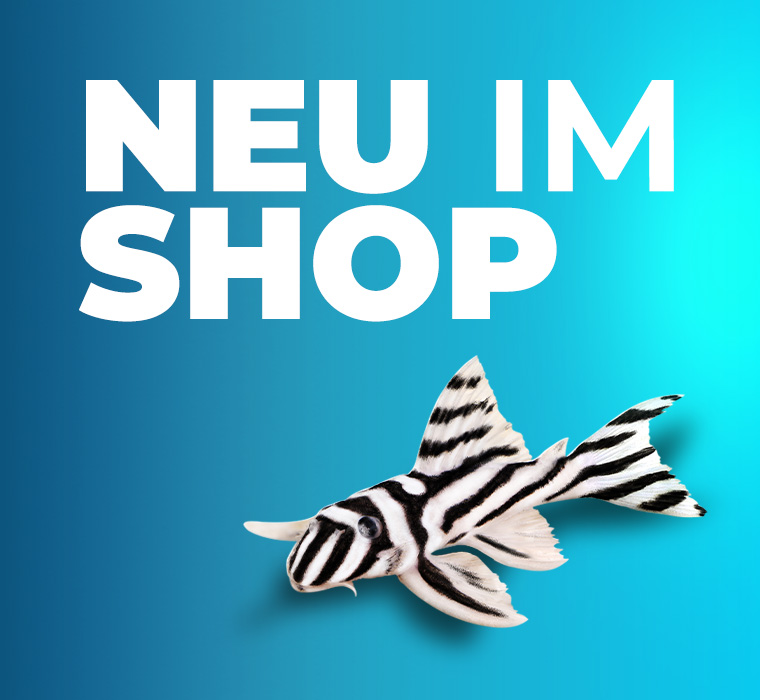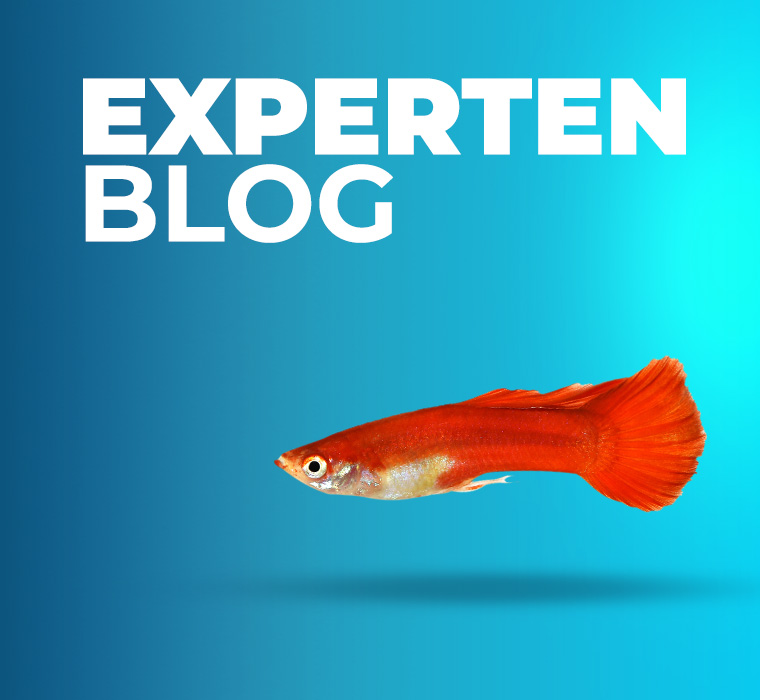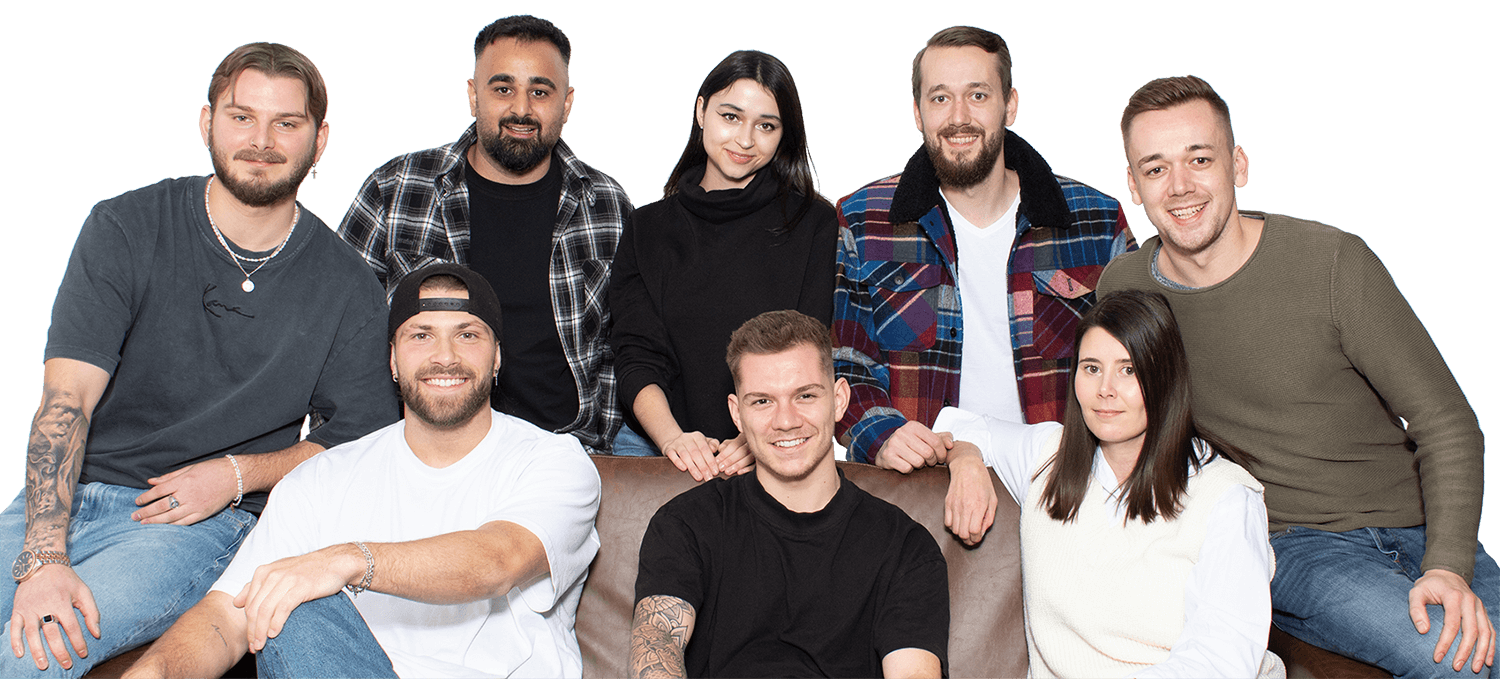incl. VAT plus shipping costs
Currently not available
Delivery only innh. Germany and Austria possible.
Switch to the German store
-10% EXTRA-RABATT
auf Deinen gesamten Warenkorb!!
- Item no: 8131
Fast delivery times
All products are in stock with us!14 years of breeding experience
Let our team of experts advise you!High customer satisfaction
from over 3,000 reviews "| Water values: | soft to medium hard |
| Planting possible?: | conditional* (see description) |
| Temperature: | 20-25 °C |
| Feature: | interesting brood care |
| Behavior: | Active |
| Aquarium size: | 400/450 l (approx. 150cm) |
| with snails/shells?: | No |
| Fish group: | Cichlids |
| Visual effect: | Forms territories (when spawning) |
| Breeding: | medium |
| Pelvic region: | Center |
| Difficulty: | 2 - Normal |
| Diet: | omnivorous - omnivorous |
| Origin: | Africa |
| with large crabs?: | No |
| with fish?: | conditional* (see description) |
| with dwarf crabs?: | No |
| with shrimps?: | Socialization not possible |
| Final size: | 8-12 cm |
| with crabs?: | No |
The Astatotilapia burtoni from Lake Tanganyika, also known as Burton's mouthbrooder or black-throated mouthbrooder, is a great companion in a beautifully designed Tanganyika tank and enjoys great popularity among Africa fans. These peaceful cichlids can be kept as a pair and also in a harem, i.e. with one male and several females, and can also be socialized.
You will receive our Burton's Mouthbrooders in pairs, furthermore they are German offspring.
The pretty mouthbrooders show a silvery-yellow ground color on the typical perch body, which has several beautiful turquoise speckles, which partly suggest a blue shimmer. The males also form so-called egg spots on the anal fin and the extended pelvic fins, as well as a very strong forehead. Brown-black bands run across the face, which also has a terminal mouth with distinct lip bulges. With a size of about 15 cm, the male will be slightly larger than the females, which are only 12 cm and rather paler.
Burton's mouthbrooders are, as the name implies, maternal mouthbrooders. The female lays eggs, which she collects with her mouth. Once she automatically snaps at the egg spots on the male's fin, he simultaneously releases his sperm so that the eggs are fertilized. After about 14 days, about 50-55 young hatch and she takes care of them for a while. These can be fed with freshly hatched Artemia nauplii.
Burton's mouthbrooders can be kept well in aquariums from 100 cm edge length. The substrate should consist of fine sand or gravel with a medium grain size, planting plays a rather subordinate role, but can be introduced, since the perches do not bother them. With stone structures, which are secured against falling over, good territorial markings, caves, but also visual contact prevention can be created, as well as hiding places. Especially during spawning time the animals can be more territorial and should be able to avoid each other. Planting can be done with sturdy and well rooted plants such as vallisnerias or cryptos to green up the background and also the marginal areas. Your aquarium water should be well maintained with a total hardness between 7-15 °dGH and pH values between 7.5-8.5. The animals feel most comfortable at a temperature of 24 and 26 °C. Since the animals feed in their habitat predominantly on growth and deposits, as well as the microfauna living in it, their aquarium may be illuminated accordingly stronger, so that these algae carpets also form.
Burton's Mouthbrooder can be socialized in and for itself with other representatives from the Tanganyika Lake. A socialization with shrimps or crayfish should rather be refrained from, because the one could increase the menu and the other could possibly tweak the fins of the perch.
As growth and carnivores, which feed in their habitat on algae coverings as well as the microfauna contained therein, they can be easily accustomed to commercial dry food such as food flakes or granulated food in the aquarium. In addition, their menu can also be supplemented with small live and Frozen food like Daphnia, Gammarus and nauplii. Scalded vegetables like Pumpkin or Peppersbut also Algae leaves are gladly plucked by them.
Our food recommendation: NatureHolic Cichfeed is a great staple food for all carnivorous cichlids in the aquarium, which perfectly meets their requirements for food composition. The tasty pearls are also very well eaten by larger cichlids. Thanks to their soft texture, NatureHolic Cichfeed food pearls are gentle on the mouth and can be eaten very well by the fish.
Our plant recommendation: Use for the planting NatureHolic InVitros. These are free of snails, planarians and other unwanted co-inhabitants. Also free of algae spores, bacteria and fungi.
Expert Tip: We recommend for fish keeping the NatureHolic 3 Phase Liquid. The care set offers the best all-round protection for your animals. It ensures optimal conditions for successful breeding and keeping.
| Scientific name: | Astatotilapia burtoni |
| German name: | Burton's mouthbrooder |
| Difficulty level: | for beginners |
| Origin/Distribution: | Lake Tanganyika, East Africa |
| Coloration: | yellow-silver ground color with bluish sheen, females somewhat paler, males form egg spots on fins |
| Age expectancy | approx. 4 years |
| Water parameters: | GH 7-15 °dGH, pH 7.5-8.5, temperature 24-26 °C |
| Tank size: | from 300 l |
| Food | Growth eaters, dry food, granules, but also vegetables, algae and small live and frozen food such as daphnia, gammarus, krill, mysis |
| Breeding | medium |
| Behavior | peaceful, but territorial at spawning time |
| Group size | at least 2 animals |
| Further information | Ten typical aquarium fish for beginners and alternatives to them, Tips for acclimating fish to the aquarium, Feeding aquarium fish properly - cheap food and what it can do |
- Item no: 8131
- EAN No.: 7427066471491
Entdecke die Garnelio Welt!
Garnelio gehört zu den größten Onlineshops für wirbellose Aquarientiere weltweit.
Viele Artikel gibt es exklusiv nur bei uns im Shop.

